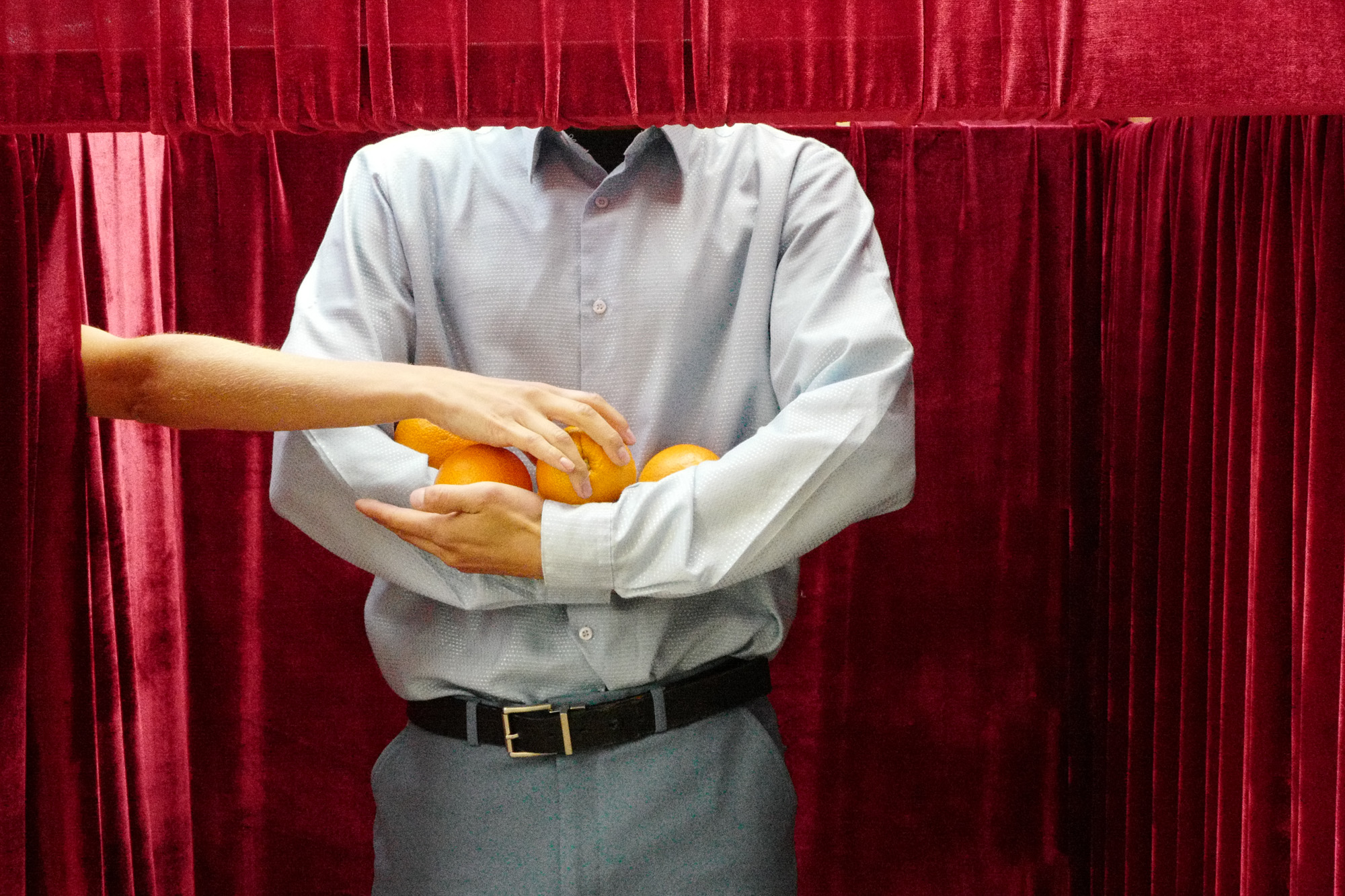Shows
Moi Tran: “I Love a Broad Margin to My Life”


It was perhaps the melancholy of absence that was the most palpable presence in Moi Tran’s first solo showing in Southeast Asia, at Yeo Workshop. “I Love a Broad Margin to My Life” was titled for the eponymous 2011 memoir by Maxine Hong Kingston, itself inspired by a quote from Henry David Thoreau’s Walden; or, Life in the Woods (1854). The mutations of meaning, from Thoreau’s margin of leisure to Kingston’s act of literary appropriation to Tran’s invocation of the diasporic reality that she shares with the Chinese American novelist, served to signal the continual adaptations and accommodations, corporeal and cultural, that are the lot of the migrant.
Tran’s work draws from deeply autobiographical wells. Her family fled Vietnam for the United Kingdom in the aftermath of the conflict of the 1970s, when the Communists came to power; her personal history is a consequence of one of Southeast Asia’s most traumatic Cold War episodes. The Other Day You Sat Too Far Away From Me, a video documentation of a live performance of the same name, channeled the anxieties of racial and linguistic otherness. Staged in London in 2018, in the Henry Moore Courtyard, the performance involved encasing a Moore sculpture in a structure of red velvet, in and around which Chinese, Vietnamese, and Polish performers for whom English is not a native tongue recited texts penned by the artist in these various languages, and engaged in various acts, including sitting, lying down, and bicycle-riding. She refers to the resultant polyphony as signifying a “form of resistance against the impositions of a dominant language.”
At Yeo Workshop, the video was accompanied by swathes of luxuriant crimson curtains, which hung over the entrance and the walls of the gallery, immediately evoking both the original work as well as the atmosphere of theatrical spaces. Tran is also involved in theater in numerous roles, from directing to costume and set design, and the immersive environment here embodied relational possibilities, or, as she put it, an “emotional contact zone, where the original work is at the mercy of an encounter with another.” Antithetically enough, what was proffered to the viewer within the curtained enclosure was an encounter, instead, with absence, which was foregrounded in contrast to the extravagance of its surrounds. The bodies of The Other Day and Everyday Work Series - Hole Dig 1 (2017), a suite of photographs that captured the artist carrying out the titular activity in a gesture of grief for her father’s passing, are set at a remove from the audience, the fact of their reduction to two-dimensional recordings incongruously heightened by the promise of somatic immediacy that often accompanies the live theater experience.

The trio of interactive fabric sculptures, Boundaries, Points and Possibilities of Things (all 2018), likewise functioned as metonyms for the displaced body. The visual vocabulary of these pieces, which consist of cloth bands wrapped around wall-bound, hand-cast concrete cubes in different configurations, recalls the streamlined abstraction of minimalism, particularly the modular and serialist idiom of Eva Hesse (herself a German-American migrant). Where Hesse’s slouching, drooping, dangling textile works have been read as anthropomorphic, the open-ended display of Tran’s sculptures calls for the viewer’s body to complete their siting in any one locale, the adjustments and customization of each new presentation akin to the burden of enforced assimilation that the migrant bears in a foreign country and cultural context. The concrete cubes also serve as physical anchors, and as reifications of “the desire to be located . . . [and] the non-negotiable tendencies that keep us tethered.” The works, as the artist took pains to point out, were fabricated with portability in mind, their individual components easily separated and organized into small packages for transportation; this logistical fact was a poignant reminder of the contingent existence faced by refugees and other displaced individuals, whose lives are subject to the vagaries of fraught, often illegal, cross-border movement. In their present iteration, however, the interactive dimension was jettisoned, and the ossifying of the works into inert architectures, sans activating intervention, simply reinforced the impression of an absent body. These sculptures, finally, seemed almost to function as symbolic prostheses for the missing person of the artist herself, an index of the somber realities of a global health crisis and the attendant restrictions on sociality and international travel, as well as her near lifelong exile from the region of her birth.
Tran has written of the centrality of sadness to her practice, which runs counter to notions of “complete assimilation or ultimate integration . . . into a ‘national fabric’ as the only version of successful living for diasporic or minority groups.” It corresponds to the ideas of cultural theorist Sara Ahmed, who, in a chapter titled “Melancholic Migrants” in her book The Promise of Happiness (2010), remarks of the project of assimilation: “. . . integration remains a national ideal, a way of imagining national happiness. Migrants as would-be citizens are thus increasingly bound by the happiness duty not to speak about racism in the present, not to speak of the unhappiness of colonial histories, or of attachments that cannot be reconciled into the colorful diversity of the multicultural nation.” The happiness duty that Ahmed identifies, then, is an imposition of silence, an inarticulate and inarticulable melancholy for what has been lost. Here, in Tran’s hands, that muteness was transformed into pregnant, ponderous absence, a mourning embodied by corporeal erasure.
Moi Tran’s “I Love a Broad Margin to My Life” was on view at Yeo Workshop, Singapore, from May 15 to June 27, 2021.







